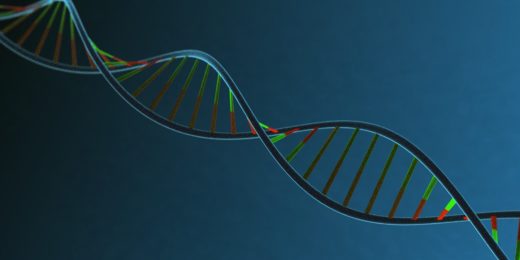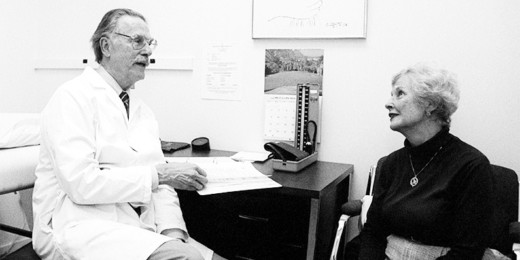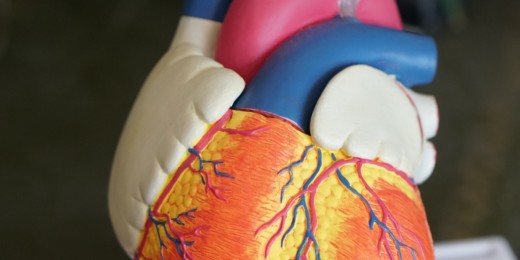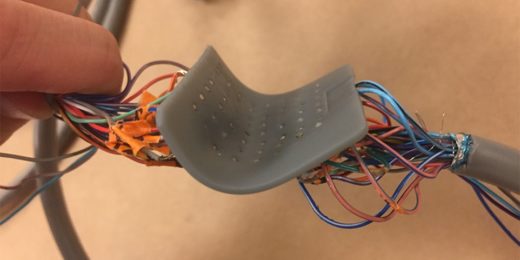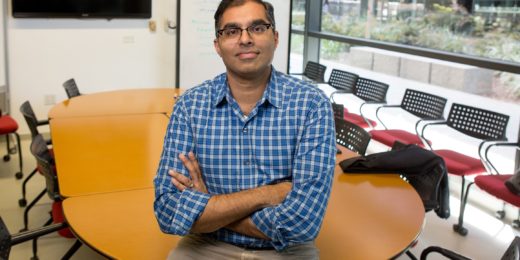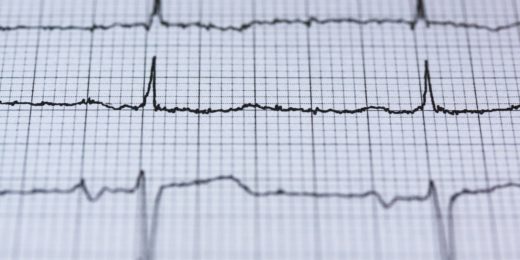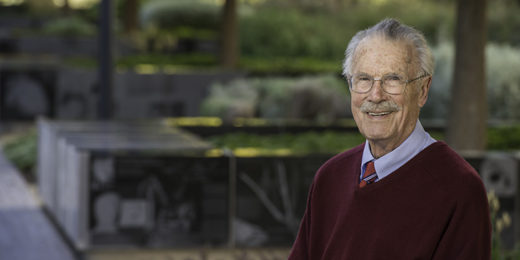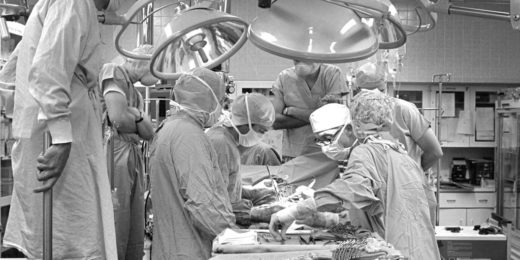Scientists have developed an algorithm that combines genome sequence data and electronic health information to predict risk for genetic disease.
Category: Cardiology
Stanford’s John ‘Jack’ Farquhar, a pioneer in disease prevention research, dies
John Farquhar, a beloved mentor, and pioneer in cardiovascular disease prevention at Stanford, died Aug. 22 at the age of 91.
Genetic testing pushed for hereditary high cholesterol disease
For the past four years cardiologist Josh Knowles, MD, PhD, has been treating patients at Stanford who have a little-known but common genetic heart disease called …
Revealed: The molecular mechanism underlying hypertrophic cardiomyopathy, or “workaholic heart”
Hypertrophic cardiomyopathy is caused by various genetic mutations that cause heart muscle to contract with too much force. New research suggests why.
Using 3D printing to design personalized cardiac devices
A second-year medical student is part of a team designing personalized cardiac catheters.
Biodesign fellows simplify heart rhythm monitoring
A former Stanford biodesign innovation fellow describes how he and colleagues came to develop an inexpensive and simple tool to diagnose arrhythmias.
Stars of Stanford Medicine: Improving cardiovascular health in Africa and beyond
This Stars of Stanford Medicine Q&A features Andrew Chang, clinical instructor of medicine, who is working to improve cardiovascular health globally.
New findings on coronary artery formation could change how engineers try to regrow them
A new study shows that the process of turning a group of blood vessel cells into an artery actually requires that they stop growing.
Test results unraveled: Understanding mysterious genetic variants for heart disease
Stanford researchers use gene editing and stem cell technologies to determine whether to worry — or not — about mysterious genetic test results.
Reflections from a pioneer of preventative health care
At 91, Jack Farquhar reflects on the growth of the field of preventative health, his longevity, the importance of community and more.
Mobile devices improving heart health step-by-step
Stanford heart doctors bank on digital health to improve heart care in the future by monitoring encouraging exercise, detecting and tracking conditions like atrial fibrillation, and more.
Assessing our nation’s control of blood pressure: A Q&A
Physician Shreya Shah discusses the controversies, problems and solutions to improve care for patients with high blood pressure in the United States.
Are mechanical or biological heart valves best?
In this video, Stanford Medicine heart surgeon Joseph Woo discusses his award-winning research that examined the pros of cons of mechanical versus biological valve replacements.
Keeping fit fights off genetic risk for heart disease, Stanford study finds
In one of the largest observational studies on fitness and heart disease, researchers examined found that people with higher levels of grip strength, physical activity and cardiorespiratory fitness had reduced risks of heart attacks and stroke.
After first adult heart transplant, advances in care continue
In 1968, the first successful adult heart transplant took place at Stanford. Here's what has happened since then.
Common link — a glucose-guzzling immune cell — involved in coronary artery disease and rheumatoid arthritis
Rheumatoid arthritis and coronary artery disease share a common culprit: an important type of immune cell, called a macrophage, that has gone haywire. Stanford investigators have zeroed in on a molecular defect in macrophages' metabolic process that drives both disorders.


